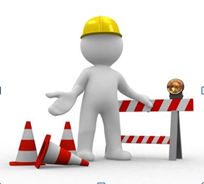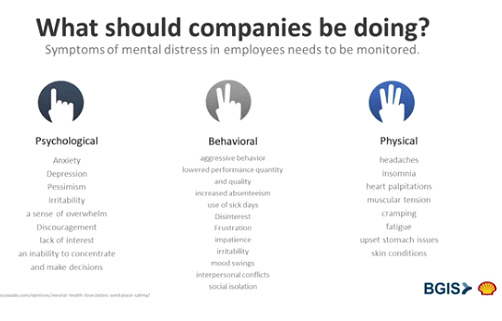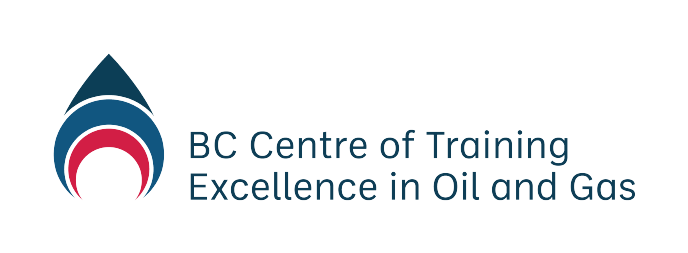-
Module 2.0 How to be Successful in this Course
-
Module 2.1 Introduction to Natural Gas
-
Module 2.2 The Natural Gas Industry in British Columbia
- Overview
- Learning Outcomes
- Natural Gas Science – The Simple Version
- Natural Gas Science – Chemistry
- Natural Gas Science – Physics
- Natural Gas Science – Units of Measurement
- Natural Gas Science – Geology
- Natural Gas Resources and Uses
- Oversight of the Natural Gas Industry
- Understanding Land Rights and Natural Gas
- Energy and the Future
-
Module 2.3 Upstream – Well Site Selection, Preparation and Drilling, Completion, Production, Water Recycling, and Reclamation
- Learning Outcomes
- The Upstream Sector – Extraction and Processing
- The Upstream Sector – Exploration and Site Selection
- The Upstream Sector – Preparation and Drilling
- The Upstream Sector – Completion
- The Upstream Sector – Production
- The Upstream Sector – Water Recycling
- The Upstream Sector – Reclamation
- Upstream Companies and Jobs in British Columbia – Companies
- Upstream Companies and Jobs in British Columbia – Industry Associations
- Upstream Companies and Jobs in British Columbia – Professional Associations
- New Vocabulary
-
Module 2.4 Midstream – Transportation, Processing, Refining
- Learning Outcomes
- The Midstream Sector
- The Midstream Sector – Processing Natural Gas
- The Midstream Sector – Liquefied Natural Gas
- The Midstream Sector – An Emerging Industry
- The Midstream Sector – Processing LNG
- The Midstream Sector – Proposed LNG Projects in British Columbia
- Transportation
- Midstream Companies and Jobs in British Columbia
-
Module 2.5 Downstream – Refining and Markets
-
Module 2.6 Health and Wellness in the Natural Gas Industry
-
Module 2.7 Safety
-
Module 2.8 Terminology and Communication
-
Module 2.9 Jobs and Careers
- Learning Outcomes
- Industry Outlook
- Technology is Changing Workforce and Skills
- Employment in the Natural Gas Industry
- Employment in the Natural Gas Industry – Types of Employment
- Employment in the Natural Gas Industry – Range of Jobs
- Employment in the Natural Gas Industry – High Demand Jobs and Occupations
- Occupational Education and Training
-
Module 3.0 How to be a Valued Employee
-
Module 3.1 Identifying Interests and Skills
-
Module 3.2 Looking for Employment in Natural Gas
-
Module 3.3 Applying for Employment in Natural Gas

Safety is a shared responsibility between you as a worker, your employer, and everyone else workingat a worksite. Yes, your employer has a legal responsibility to train you and ensure your overall safety; but safety really starts and stops with the choices, decisions, and actions that you, as a person and a worker make.
As a worker in the natural gas industry, you need to take personal responsibility for your safety. This means:
- Consistently knowing, understanding, and complying with safety policies, and practices set by your employer and mandated regulations in British Columbia, by WorkSafeBC, the organization responsible for setting and enforcing occupational health and safety in the workplace
- Actively participating (paying attention) in safety training and briefings
- Wearing required personal protection equipment (PPE)
- Identifying and removing or managing safety hazards in your surroundings and work duties routinely and systematically
- Making a personal commitment to ensure the safety of others and yourself at the worksite
- Understanding how your own physical and mental health may adversely affect you and/or your co-workers or others. For example, coming to work when you are ill
- Understanding how cultural and gender awareness adds to site safety
Working safely means a safer work environment for you, your co-workers, and your family. It ensures you go home alive and with all your body parts intact at the end of every workday.

The following videos are about taking personal responsibility for your safety at work. As you watch them, think about what personal responsibility means to you and your own perspective about safety at work.
Video 1: New and Young Workers (5 minutes, 38 seconds)
Video 2: Lost Youth – Four stories of injured young workers (17 minutes, 44 seconds)
Video 3: 2020 POST Safety Forum – Mental Health in the Workplace(31 minutes, 50 seconds)
Learning Activity 1: Taking Personal Responsibility
The previous Module discussed mental health and wellness. In addition to affecting our own lives, mental health and wellness is a factor in a wide range of issues that can affect the personal and process safety in the workplace.
Instructions
- Watch Videos 1, 2 and 3.
- Working in small groups, discuss what mental health issues might have been root causes of the incidents in Video 2. Choose a person in the group to write down your ideas. Choose a different person to share the ideas with the class.
- Working again in small groups answer the following questions:
- What are the four states that cause 90% of all workplace injuries?
- What is absenteeism and presenteeism? How do they affect safety?
- What kinds of behaviours should workers, co-workers and employers be aware of that might indicate that someone is experiencing mental distress and is not fit for work?
- What are the four states that cause 90% of all workplace injuries?
